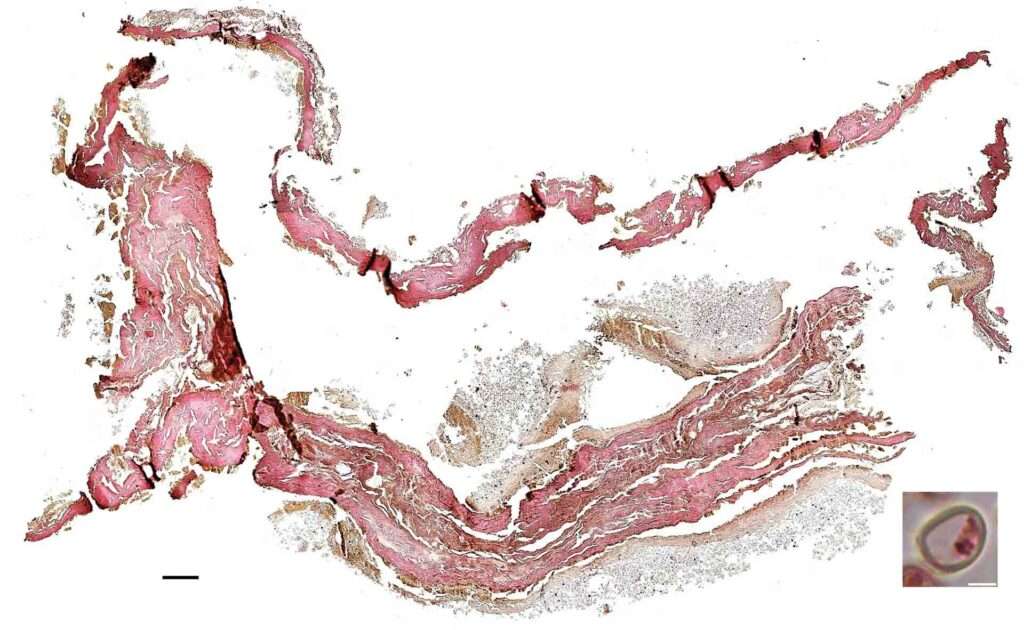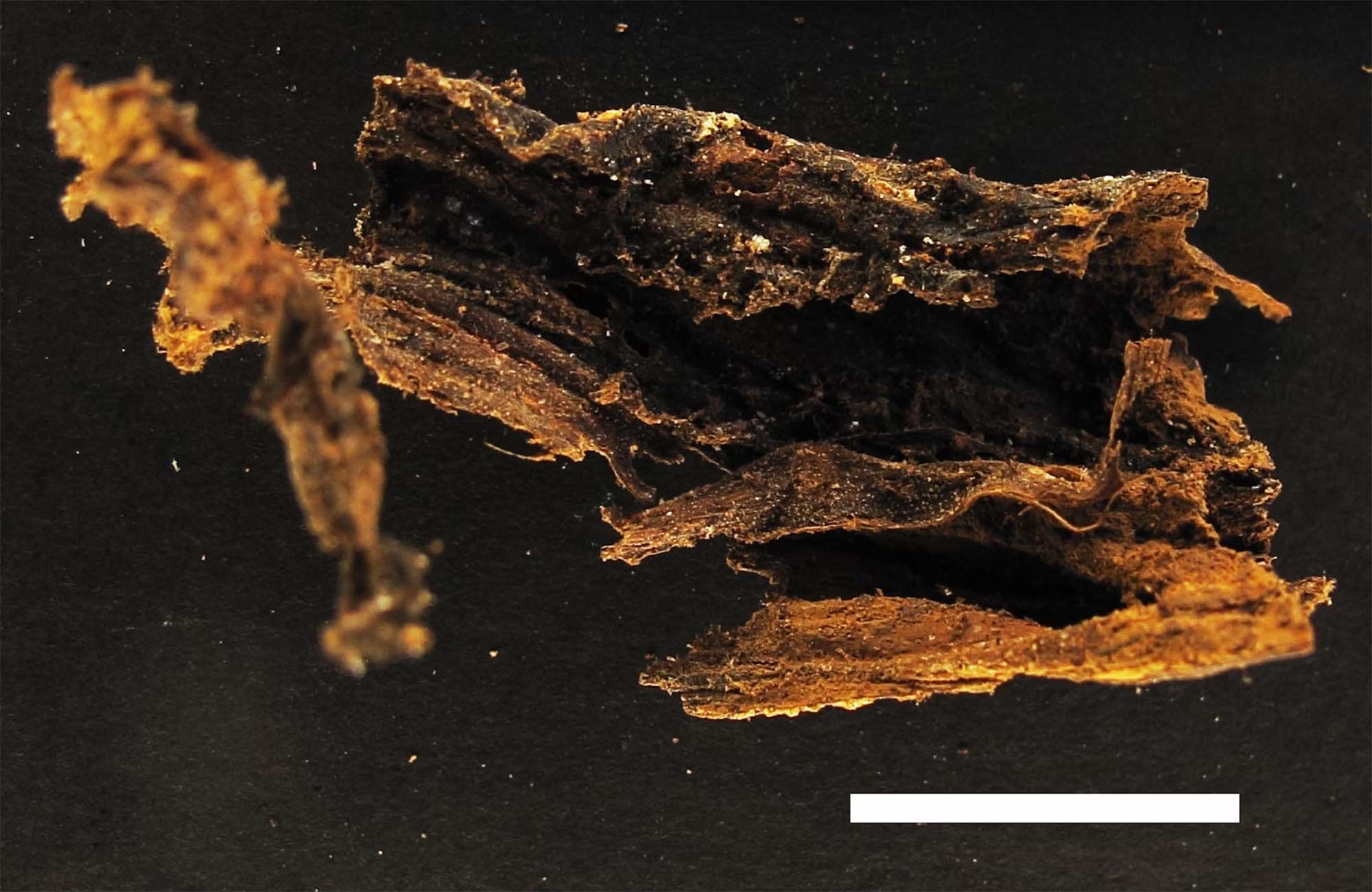Astonishing new evidence has revealed that members of the notoriously plot-ridden Medici family may have died of malaria and not murder.
The powerful Rennaisance family spawned four popes and two French queens as it ran its empire from Florence starting in the 15th century with Cosimo de Medici.
Its dynasty has become a byword for backstabbing politics, plots, corruption betrayal and assassination.
Now a new study has revealed that some of them may have been killed by malaria caught on hunting expeditions outside Florence instead of poison or assassins.
Experts in extracting scientific data from mummied bodies found evidence that Medici internal organs from the era contained traces of the mosquito parasite that causes the disease.
Albert Zink – director of the Institute for Mummy Studies in Bolzano, Italy – explained how the family removed body parts after death and kept them in terracotta jars.
And researchers were able to examine the blood inside the organs and found traces of the pathogen completely by chance.
Albert Zink said: “We knew red blood cells could be preserved. But we did not expect to see the parasites. Five hundred years had passed.”
The scientists confirmed that the pathogen found was from the malaria parasite Plasmodium falciparum.

The experts knew that the disease was present and endemic to the region from the second or third century until the 20th century.
Many have thought it was a milder form compared to the killer strain found in tropical regions.
The Medicis enjoyed hunting in marshlands around Florence, the ideal breeding ground for malaria-carrying mosquitoes.
Newsflash obtained a statement from Eureac Research on Monday, 12th June saying: “The pathogen responsible for the deadliest form of malaria has been found in mummified soft tissue of members of the Florentine princely family.
“Malaria was still endemic in Renaissance Italy, and historical sources confirm that members of the Medici family also fell ill.
“At that time, the disease was referred to as ‘Febbre terzana’ because of the regular fever attacks occurring every two days.
“In soft tissue from embalming vessels at the Basilica di San Lorenzo in Florence, a research team led by Eurac Research has now microscopically identified the Plasmodium falciparum parasite, the causative agent of severe malaria.”
The statement continued: “The powerful princely family buried their dead according to a special ritual: During the embalming process, the internal organs were removed and placed in large terracotta vessels (orci), which were then buried together with the coffins in the Basilica di San Lorenzo in Florence.
“In 2010, researchers were permitted to sample nine of these coat of arms-adorned orci, two of which were labelled with names. Using long tweezers, they retrieved what initially appeared to be ‘rather inconspicuous material,’ as described by the anthropologist Albert Zink, who led the study.”
Zink explained: “It could also be fabric scraps, but it turned out to be mummified tissue of unknown origin.
“Our initial interest was to find out: What do we see there? Can we still identify organ structures? Can we even determine the specific organ?”
The statement said that the researchers collected a total of 24 samples, which were then subjected to microscopic and molecular analysis.
The statement said: “The molecular investigations did not yield significant results as the material was too degraded.
Microbiologist and lead author Frank Maixner said: “Flooding by the Arno River multiple times since the time of the Medici and significant temperature fluctuations had rendered ‘proteins or DNA almost non-existent.

“However, the microscopic structure of the samples was highly intriguing.
“Thin tissue sections revealed a possible blood vessel containing accumulations of red blood cells.”
The statement explained that when a special staining method called Giemsa staining was applied, it provided indications of a parasite within these blood cells, a finding that Maixner said was “surprising”.
The researchers then used a technique called “atomic force microscopy”, and eventually found the deadly variant of the disease, Plasmodium falciparum, the “causative agent of the deadliest form of malaria, known as malaria tropica, primarily found in the equatorial region”.
The study has been published in the June issue of the US’ Centers for Disease Control and Prevention (CDC) academic journal Emerging Infectious Diseases under the title ‘Microscopic Evidence of Malaria Infection in Visceral Tissue from Medici Family, Italy’.
It involved research being conducted in Europe, the United States and Korea.
To find out more about the author, editor or agency that supplied this story – please click below.
Story By: Joseph Golder, Sub-Editor: Marija Stojkoska, Agency: Newsflash
The Ananova page is created by and dedicated to professional, independent freelance journalists. It is a place for us to showcase our work. When our news is sold to our media partners, we will include the link here.




